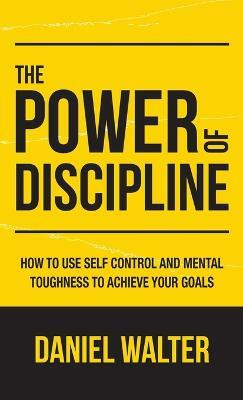
Varkari (English, Paperback, Source Wikipedia)
Price: Not Available
Currently Unavailable
Highlights
- Language: English
- Binding: Paperback
- Publisher: Books LLC, Wiki Series
- ISBN: 9781155687056, 1155687051
- Edition: 2010
- Pages: 102
Description
Please note that the content of this book primarily consists of articles available from Wikipedia or other free sources online. Pages: 29. Chapters: Vithoba, Kanhopatra, Bahinabai, Namdev, Dnyaneshwar, Pundalik, Tukaram, Muktabai, Vithoba Temple, Pandharpur, Changdev Maharaj, Visoba Khechara, Dnyaneshwari, Eknath, Chokhamela, Janabai, Amrutanubhav, Savata Mali, Nivruttinath, Sena Nhavi. Excerpt: Vithoba (Marathi: ), also known as Vitthala (Marathi: , Kannada: and Telugu: ) and Panduranga (Marathi: , Kannada: , Telugu: all ), is a Hindu god, worshipped predominantly in the Indian states of Maharashtra, Karnataka, Goa and Andhra Pradesh. He is generally considered a manifestation of the Hindu god Vishnu or his Avatar (incarnation) Krishna. Vithoba is often depicted as a dark young boy, standing arms-akimbo on a brick, sometimes accompanied by his main consort Rakhumai (Rukmini). Vithoba is the focus of the monotheistic, non-Brahmanical Varkari sect of Maharashtra and the Haridasa sect of Karnataka. Vithoba's main temple stands at Pandharpur in Maharashtra, close to the Karnataka border. Vithoba legends revolve around his devotee Pundalik, who is credited with bringing the deity to Pandharpur, and around Vithoba's role as a saviour to the poet-saints of the Varkari faith. The Varkari poet-saints are known for their unique genre of devotional lyric, the abhanga, dedicated to Vithoba and composed in Marathi. Other devotional literature dedicated to Vithoba includes the Kannada hymns of the Haridasa, and Marathi versions of the generic Hindu arati songs, associated with rituals of offering light to the deity.The most important festivals of Vithoba are held on the eleventh (ekadashi) day of Hindu lunar months: Shayani Ekadashi in the month of Ashadha, and Prabodhini Ekadashi in the month of Kartik. The historiography of Vithoba and his cult is an area of continuing debate, even regarding his name. Various indologists have proposed a prehistory for Vithoba worship...
Read More
Specifications
Book Details
| Imprint |
|
| Publication Year |
|
| Table of Contents |
|
Dimensions
| Width |
|
| Height |
|
| Length |
|
| Weight |
|
Be the first to ask about this product
Safe and Secure Payments.Easy returns.100% Authentic products.
Back to top






